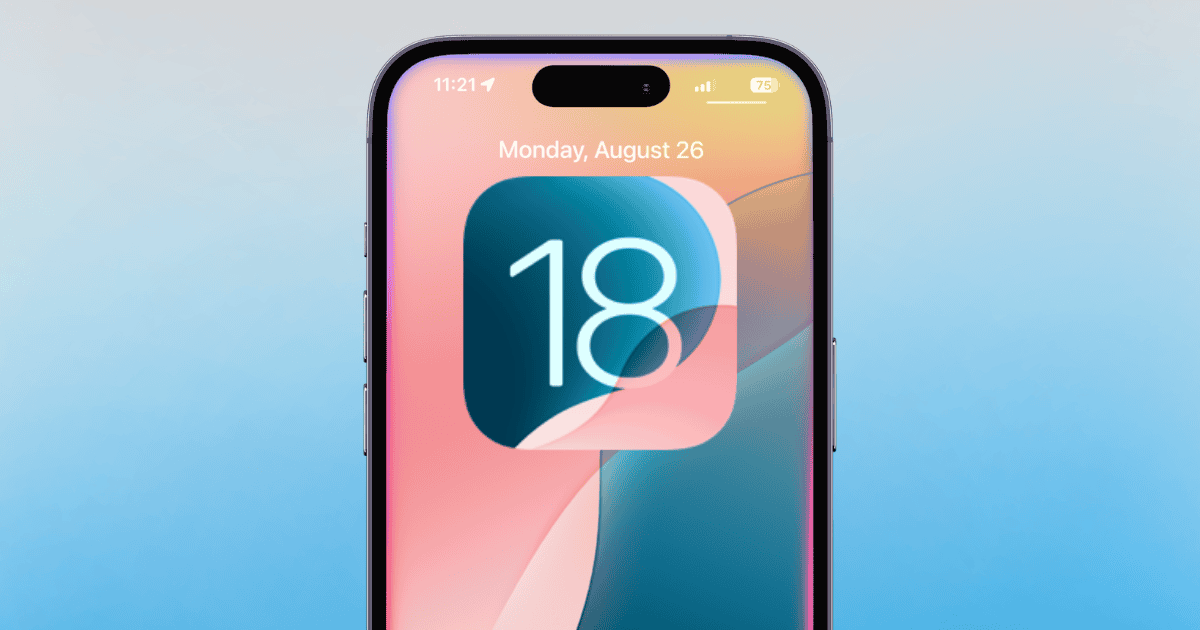Chrome is the biggest browsing interface platform in the world. The people around the globe and majority of web junkies spend a lot of time on the internet. The major part of their data plan consumed in media and audio content. And that’s where the problem begins, the vast portion the internet users worldwide are encountered by numbers of annoying video ads that start playing automatically.
These video ads sometime become so prominent that they ruin the overall browsing experience. And to tackle that problem, Chrome has decided to impart an Autoplay video filter/adblocker to their browser by default from January 2018. On October 2017, the Chrome 63 release will add an option for users to disable audio entirely on sites of their preferences. It will be making the autoplay mode more consistent with user expectations and will offer users more control over audio.
That update will be based on the new autoplay policies in the Chrome 63 release in January 2017. Chrome will automatically block videos ads by default unless the audio is muted, or it includes no audio at all. If the user tapped somewhere on the website during their browsing session, the video will be enabled. This plan will confine the perimeter of ads and video makers. Nonetheless, Google is trying to make a perfect balance between adblocker and the digital marketing framework.
The Chrome 63 will also be enriched by the new user option which allows users to disable the audio for individual sites altogether. This site muting option lets users customize audio play. These changes will provide users greater control over media playing in their browsing session.















